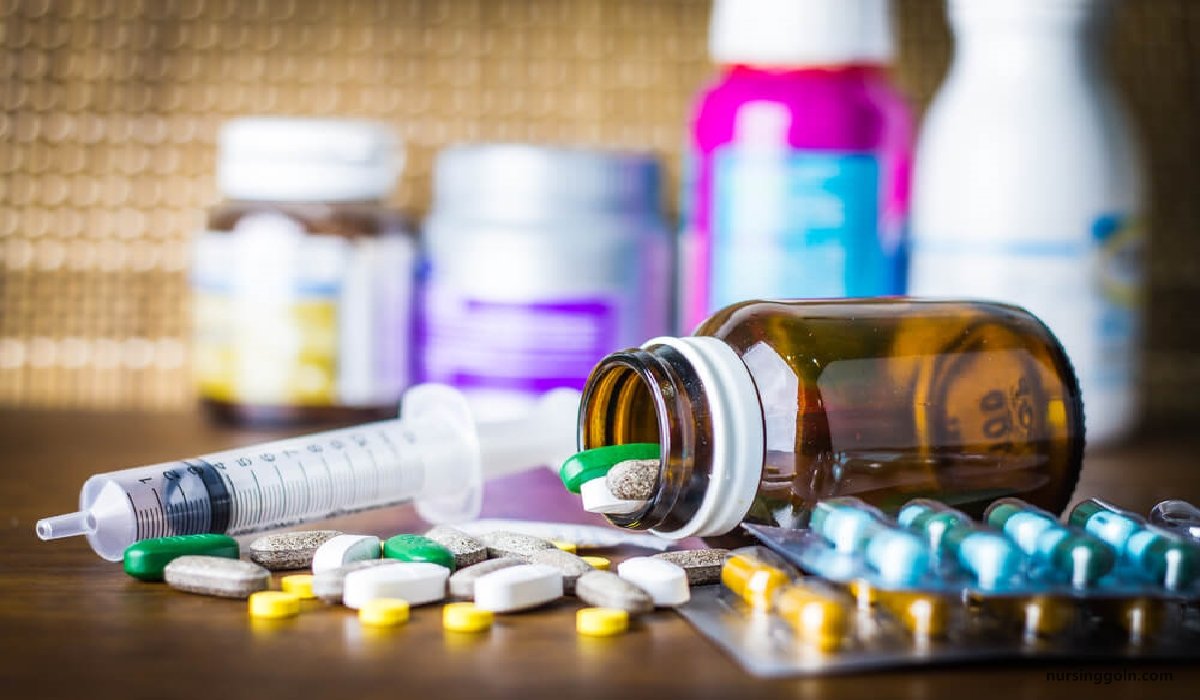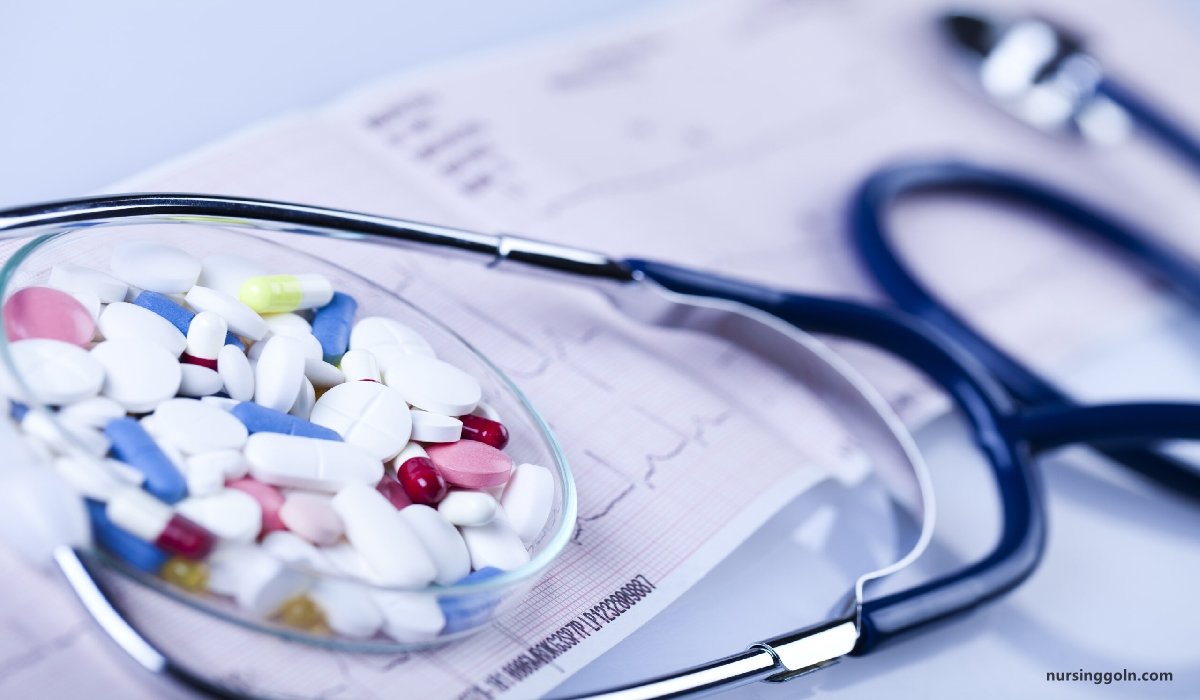Drug biotransformation – This book covers the entire syllabus of “Pharmacology” prescribed by BNMC- for diploma in nursing science & midwifery students. We tried to accommodate the latest information and topics. This book is an examination set up according to the teachers’ lectures and examination questions.
At the end of the book, previous questions are given. We hope in touch with the book students’ knowledge will be upgraded and flourish. The unique way of presentation may make your reading of the book a pleasurable experience.

Drug biotransformation
Biotransformation (Metabolism)
Biotransformation means chemical alteration of the drug in the body.
It is needed to render nonpolar (lipid-soluble) compounds polar (lipidinsoluble) so that they are not reabsorbed in the renal tubules and are excreted. Most hydrophilic drugs, e.g. streptomycin, neostigmine, pancuronium, etc. are little biotransformed and are largely excreted unchanged. Mechanisms which metabolize drugs (essentially foreign substances) have developed to protect the body from ingested toxins.
Sites of biotransformation
| Site | Drug |
| Liver | Most drugs |
| Kidney | Morphine, insulin |
| Lungs | Prostanoids |
| Gut mucosa | Penicillin, catecholamine |
| Plasma | Procaine |

Aims & objectives/consequences of Biotransformation
1. To make the drugs:
➤ Highly polar compound.
➤ More water soluble.
➤ More lipid insoluble (less lipid soluble)
2. Polar compounds are lipid insoluble, so cannot be reabsorbed from kidney and easily excreted.
3. To promote excretion of drugs.
4. To convert pharmacologically inactive prodrugs into pharmacologically active drugs in vivo
Results of biotransformation
1. Active drug to inactive metabolite: This is the most common type of metabolic transformation
- Phenobarbitone → Hydroxyphenobarbitone
- Phenytoin → B-hydroxyphenytoine
2. Active drug to active metabolite
- Codeine → Morphine
- Diazepam → Oxazepum
3. Inactive drug (prodrug) to active metabolite
- Levodopa → Dopamine
- Prednisone → Prednisolone

Factors Affecting Drug Metabolism (biotransformation):
1. Age: Neonates and elderly metabolize some drugs to a lesser extent than adults. In both the cases, the impairment is due to diminished activity of hepatic microsomal enzymes. Neonates conjugate chloramphenicol more slowly, hence develop toxicity-graybaby syndrome. Increased incidence of toxicity with propranolol and lignocaine in elderly is due to their decreased hepatic metabolism.
2. Diet: Poor nutrition can decrease enzyme function.
3. Diseases: Chronic diseases of liver may affect hepatic metabolism of some drugs, e.g. increased duration of action of diazepam, in patients with cirrhosis, due to its impaired metabolism.
4. Genetic factors (pharmacogenetics): These factors also influence drug metabolism. The study of genetically determined variation in drug response is called pharmacogenetics,
e.g.:
- Slow and fast acetylators of isoniazid: There is an increased incidence of peripheral neuritis with isoniazid in slow acetylators. The fast acetylators require larger dose ofthe drug to produce therapeutic effect.
- Succinylcholine apnoea: Succinylcholine, a neuromuscular blocker, is metabolized by plasma pseudocholinesterase enzyme. The duration of action of succinylcholine is 3-6 minutes. However, some individuals have atypical pseudocholinesterase that metabolizes the drug very slowly. This results in prolonged apnoea due to paralysis of respiratory muscles, which is dangerous. This is known as succinylcholine apnoea.
5. Glucose-6-phosphate dehydrogenase (G6PD) deficiency and haemolytic anaemia; G6PD activity is important to maintain the integrity of the RBCs. A person with G6PD deficiency may develop haemolysis when exposed to certain drugs like sulphonamides, primaquine, salirylates, dapsone, etc.
6. Simultaneous administration of drugs: This can result in increased or decreased metabolism of drugs.
7. Plasma protein binding: more plasma protein binding, less is the Biotransformation.
Read more:
